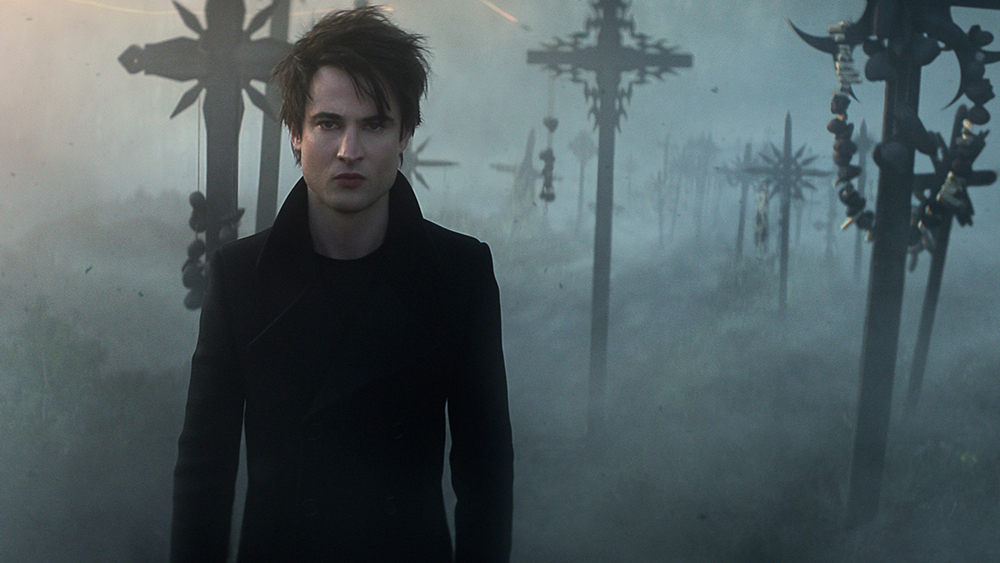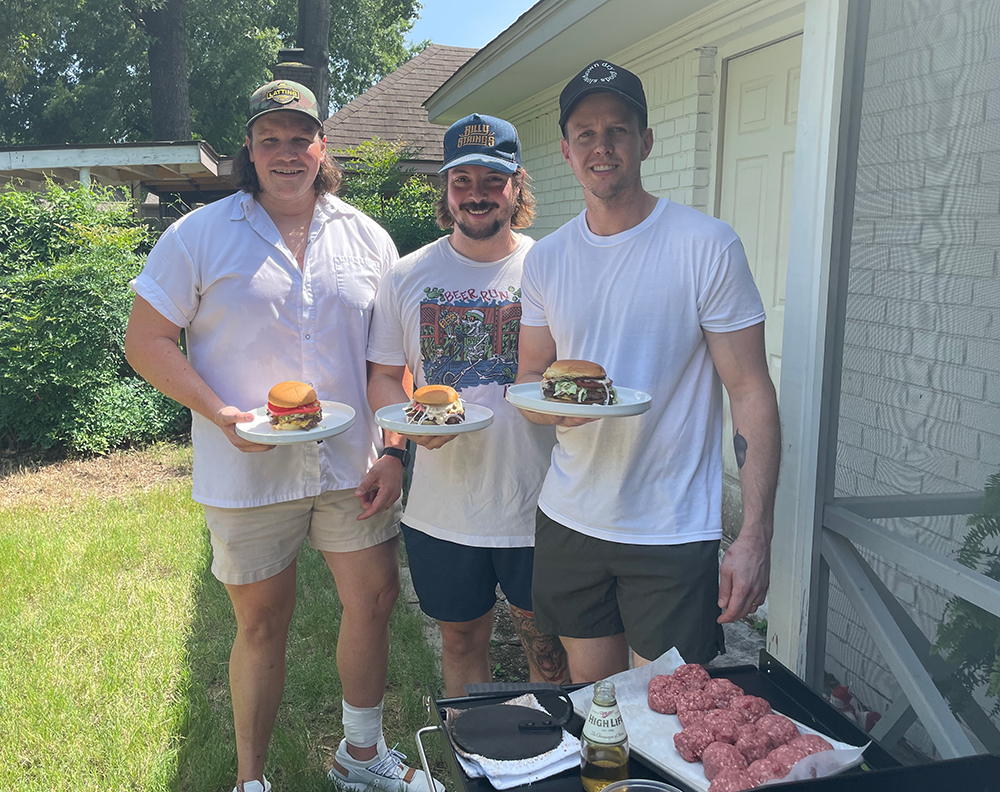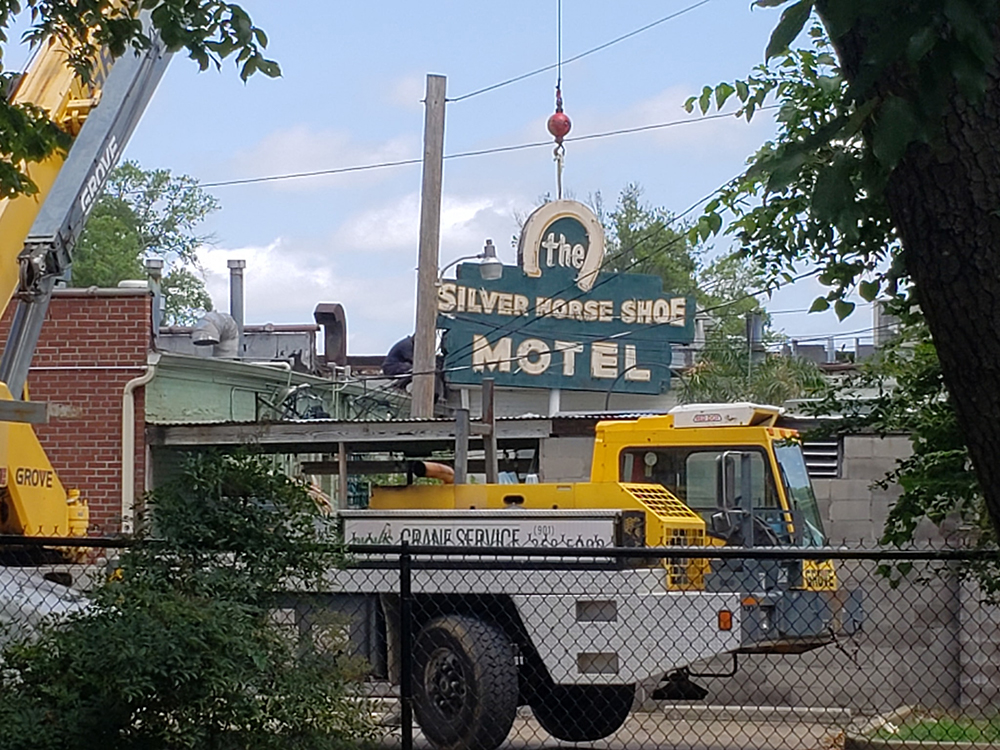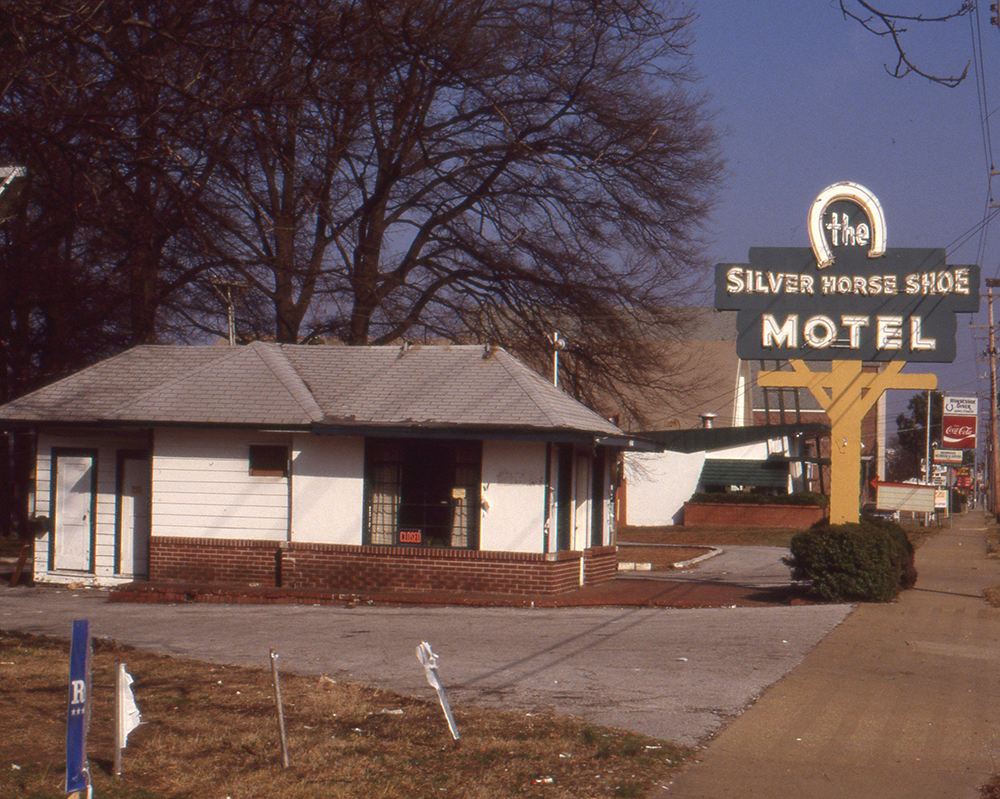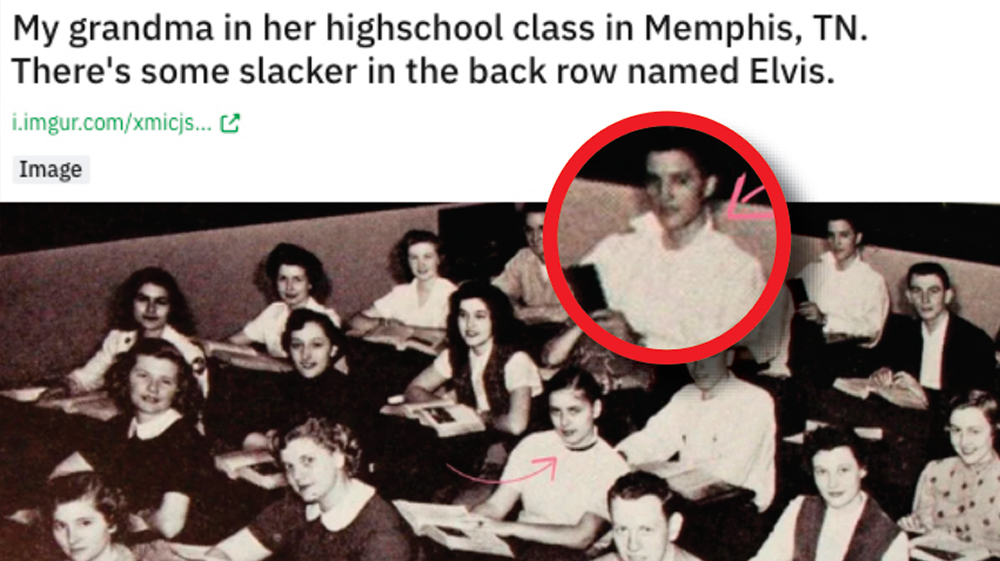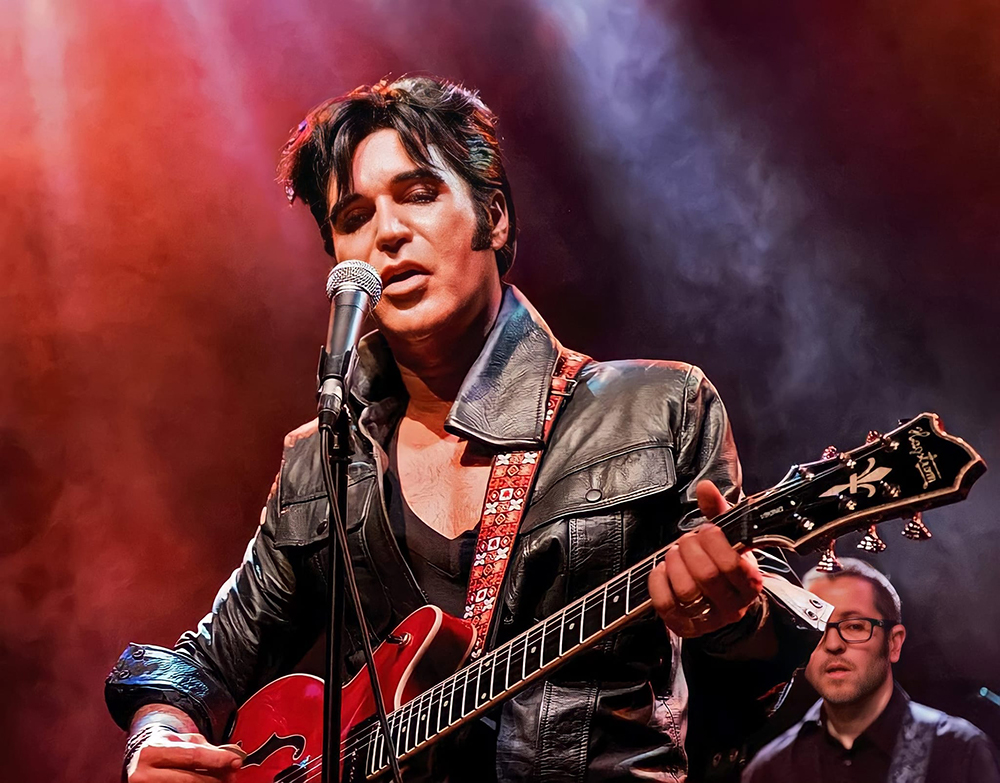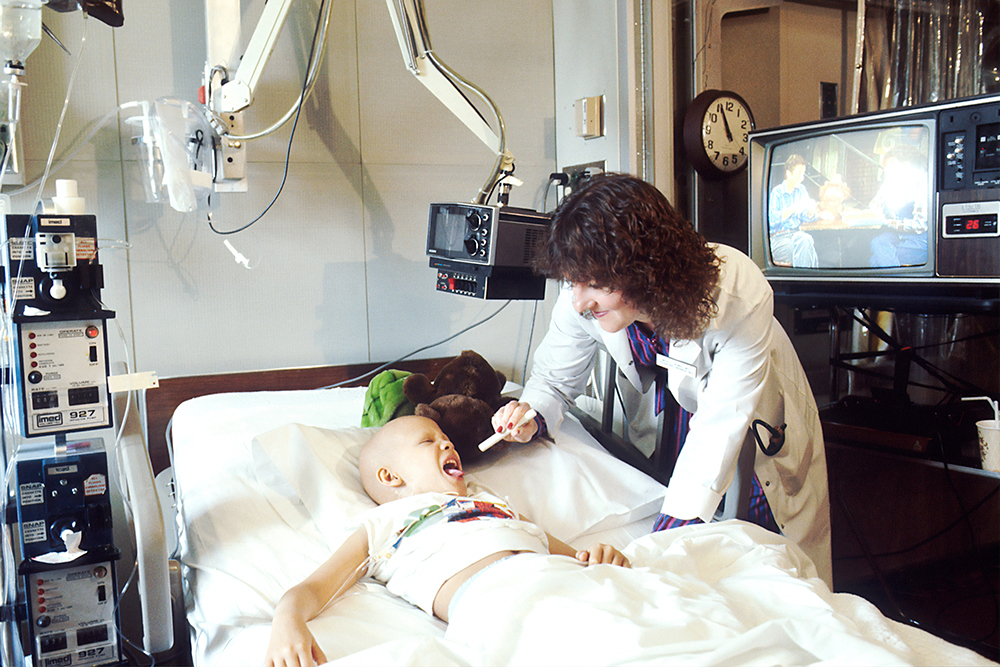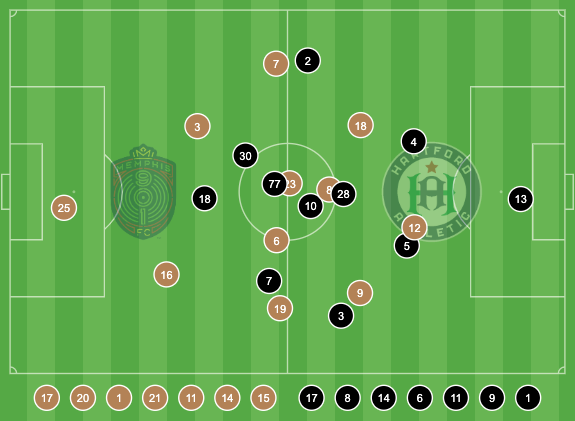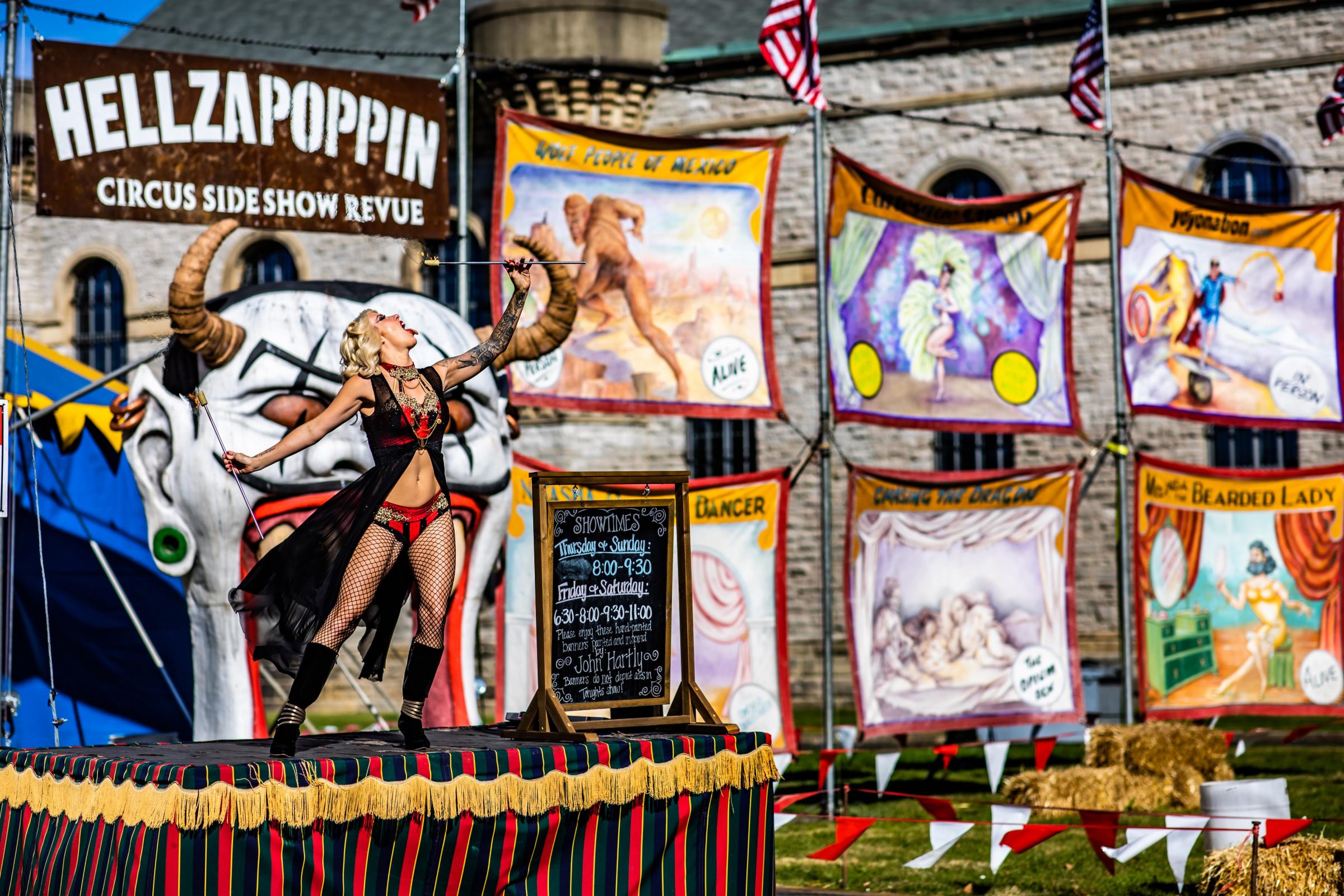Here’s a question: Does Morpheus the Lord of Dreams look like Neil Gaiman, or does Neil Gaiman look like Morpheus?
Back in the late 1980s, Gaiman was a budding young writer for hire, having penned a fan-focused biography of Douglas Adams and some comic scripts for DC. It was a period when the comic book industry was in flux. The “Wham!” and “Zing!” era of superhero stories had gone stale, and new writers were elevating the form by ignoring what had come before. Much like Alan Moore had done with Watchmen, Gaiman picked an obscure character from the DC archives and started from a blank slate. Thus, The Sandman, a guy named Wesley Dodds who wore a gas mask and hunted evildoers with the aid of a sleeping gas gun, became Dream of the Endless, an anthropomorphic representation of what happens when you go to sleep.
The Sandman comics, which ran from 1989 to 1996, helped usher in the “graphic novel” era, where readers and critics recognized comics’ potential to tell more serious stories. Gaiman rejected superhero tropes — crossovers with other DC characters (besides the sorcerer John Constantine) were rare — and used Dream as a catalyst for more psychologically complex stories, usually based in his deep knowledge of mythology from many cultures. The Sandman became a cult hit, with Dream’s sister Death, whose look was based on Cinamon Hadly, an American goth girl who was friends with artist Mike Dringenberg, was a breakout character, especially among college-aged women who were picking up comic books for the first time.
As for Dream, he was a pale, skinny guy in a black overcoat who, as drawn by Dave McKean, had a face that kinda looked like the author’s. Soon, Gaiman started wearing all black and adopted the same flyaway haircut. It was partly a branding exercise and partly just a goth living their best life.
After years in development hell, The Sandman finally got a screen adaptation from Netflix in the form of a 10-episode series. It begins, as the comics did, with Dream (Tom Sturridge) imprisoned in a glass sphere by Roderick Burgess (Charles Dance), a 19th century English occultist known as the Magus, whom Morpheus contemptuously calls “an amateur.” He and his son John Dee (played as an adult by David Thewlis) steal Dream’s three magical totems — his gas-mask-like helmet, a bag of magic sand, and a ruby that makes dreams come true — and keep the Lord of Dreams in their basement for more than a century. When he finally escapes, he returns to find his kingdom The Dreaming in tatters, and the humans whose dreams are his charge in not much better shape. Recovering the emblems of his office means a visit to actual, non-development Hell, where he must face off against Lucifer (Gwendoline Christie), and a trip to a small-town diner, where John Dee tries to use stolen dream magic to create a world without lies.
The 10-episode series is devoted to rendering the original stories and art as faithfully as possible. That’s always a tricky proposition because what works in the comics or on the page may not always work on the screen. In this case, the strengths and weaknesses of the series largely flow from the source material. Pains have been taken to recreate frames designed by artists McKean, Dringenberg, and Sam Keith — I have only a passing familiarity with the originals, but I still caught chills from several hauntingly familiar images — but this comes at the expense of expressive camera movement. Some casting choices are inspired, such as Thewlis, who steals the episode “24/7” as the emotionally stunted son of an abusive wizard, and Christie, who plays the devil as a vain and envious fallen angel to absolute perfection. I found Sturridge’s taciturn Morpheus a little off-putting at first, but he grew on me as the show progressed. The only big miss is Patton Oswalt, whose instant recognizability gets in the way of voicing Dream’s sidekick Matthew the Raven.
The Sandman’s deliberate pacing and philosophical tone may not be for everyone, but this faithful adaptation will satisfy legions of Neil Gaiman readers and those fantasy fans who are ready for a new Dream.
The Sandman is streaming on Netflix.
